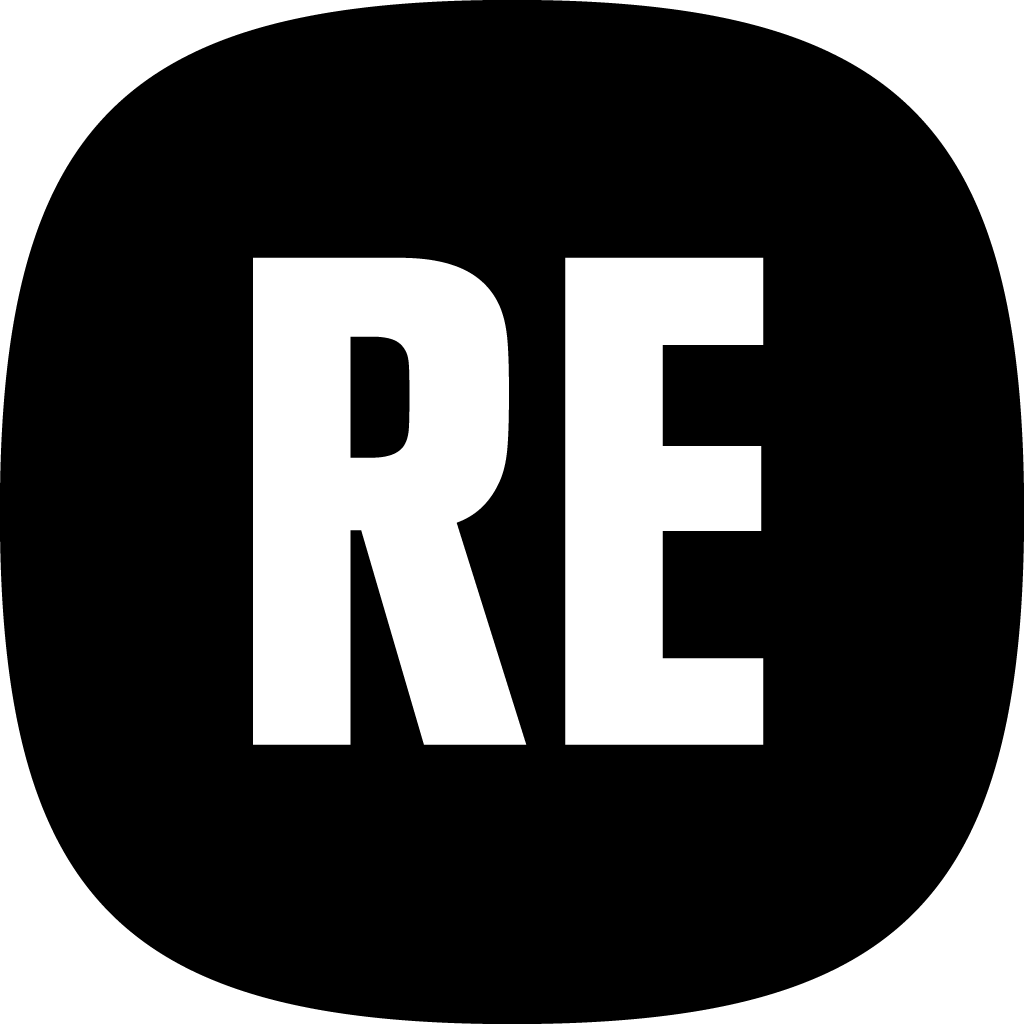Co-creation activities
Deciding how to structure your co-ideation workshops and what co-creation techniques to use will highly depend on the questions you want to answer. You can find a selection of possible approaches in the Living Lab sample box section, but feel free to use any co-creation methods that you feel comfortable with.
Whatever activities you choose for your co-ideation workshop, make sure you create an open and inclusive space:
Minimise jargon and explain terms - remember that terminology that is obvious to you might not be familiar to people from other domains.
Encourage everyone to participate - consider different ways for participants to provide input (verbal and written);
Foster constructive dialog
How the Estonian Maritime Museum selected workshop techniques and tools based on their specific stakeholder groups
Sometimes, to move forward, it's essential to discover where the "pain" is most intense. This knowledge guides us to understand which kind of "band-aid" is needed. In our third co-ideation workshop, our primary participants were teachers, whose invaluable work we aimed to support. To address the challenges they face, we sifted through the ideas gathered in previous workshops and identified a concept: using augmented reality to add a virtual layer of visual information to the physical environment, namely the classroom.
Before presenting our thoughts, we listened to the teachers express their "pain." We didn't even finish the introductions before the passion of the teachers for their work vividly illustrated the locked gates they encounter in their profession. Let people share their experiences, carefully consider questions that guide the conversation in the desired direction, and be flexible with the planned methods and activities in the workshop. Sometimes, you need to adapt them on the fly when the volcano of ideas erupts unexpectedly. In our workshop, we also adjusted the method by significantly reducing the planned volume of group work and working in groups only towards the end of the day to explore possibilities for using augmented reality in the classroom.
Example: questions for a co-ideation workshop set out by the Hunt Museum Living Lab
Setting: a co-ideation workshop at the Hunt Museum, with participants from Cultural Heritage organisations across Ireland and Limerick-based corporates who had CSR programmes interested in using them in a more meaningful way.
The plenary session involved participants sitting at tables in 3 groups, each with a mix of corporates and cultural heritage organisations. Using the canvas below, each group brainstormed answers to the question: What are the areas where businesses and museums can add value to each other in delivering value for the community?

Share